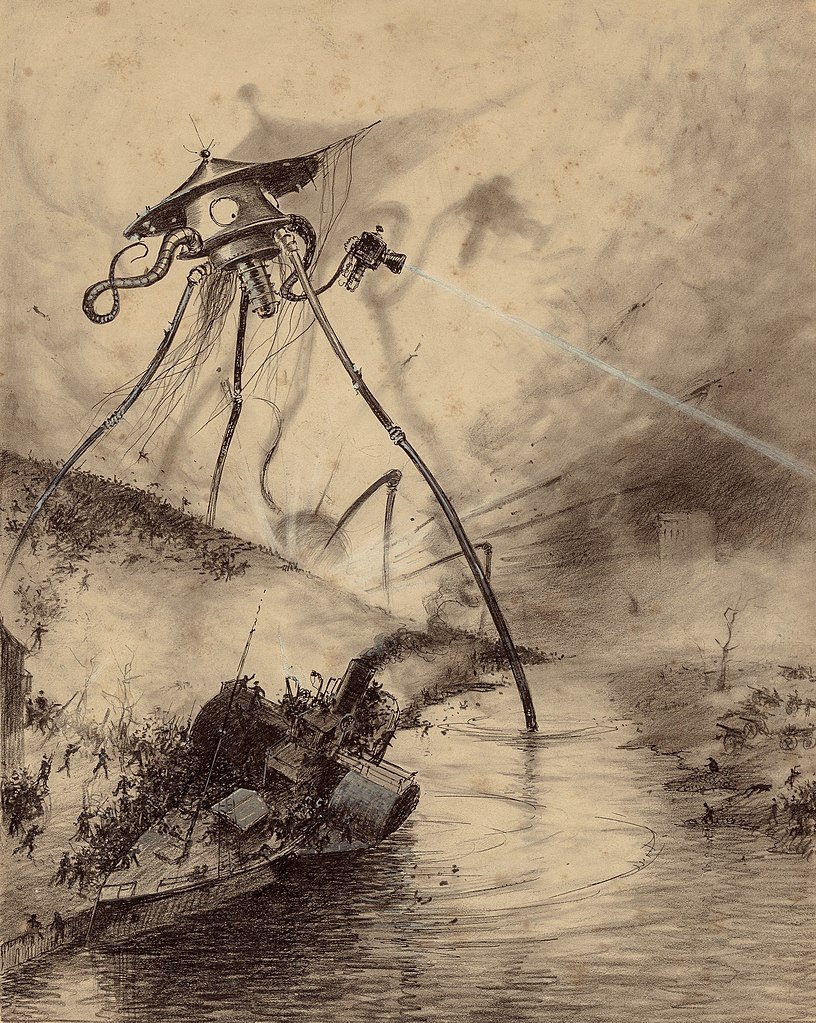21 June 2023
Christian doesn’t have a particularly surprising or unusual etymology, but it is a good example of the care one must take when consulting a dictionary. If one looks up Christian in a dictionary and then casually reads the entry, one may be deceived into thinking that the word’s use in English is surprisingly recent, dating only to the fourteenth century, and one may begin to wonder what English Christians called themselves before that time. Dictionaries are sophisticated references, edited and structured to suit different purposes, and one must understand how the dictionary you are using is edited before drawing such conclusions.
The etymology of Christian is rather straightforward. It comes from the Greek χρῑστός (christos) meaning anointed, used in that language as both an adjective and a proper noun. The Greek is a translation of the Hebrew māshia, meaning messiah or anointed one. So, Jesus Christ literally means Jesus the Messiah or Jesus the anointed one. The Greek was borrowed into Latin, Christianus. And it is here that the problem with dictionary dating occurs.
The Latin root christ- was borrowed into English during the Old English period, prior to the Norman Conquest of 1066. But in Old English, the word took on a Germanic suffix, becoming cristen. There are over a thousand instances of the word in the Old English corpus, that is texts from before c.1100 CE that survive, so cristen was a very common word indeed.
But when the William the Conqueror came along, a new form of the word was imported into English from Anglo-Norman. In that dialect of French, the -ianus ending of the Latin was rendered as -ien, making it cristien. And by the beginning of the fourteenth century, this French form of the word had made its way into English writing, rendered as either christien or christian, with the latter eventually winning out and becoming capitalized when that practice for proper nouns became standard.
That is why when you look up Christian in a dictionary the etymology section will give a fourteenth-century date for the word. The Oxford English Dictionary says it is “partly a borrowing from French. Partly a borrowing from Latin” and has an earliest citation from c.1300. Merriam-Webster gives a date of “14th century.” Both of these dictionaries consider Christian and Christen to be two distinct words, one from French and the other from Old English. The OED has a separate entry for Christen, giving the Old English origin and citations. And since Christen is no longer in common use, Merriam-Webster doesn’t address it. That’s not a flaw; that particular dictionary does not attempt to map out the complete history of words. It focuses on those in common use today.
The American Heritage Dictionary, however, considers both Christian and Christen to be one word. That dictionary doesn’t give a date for the word, but says Christian is from “Middle English Cristen, from Old English cristen, from Latin Chrīstiānus, from Chrīstus, Christ.”
One must take care when consulting a dictionary. It is worth taking a few moments to understand the editorial policies used in compiling it. For if one doesn’t, one can sometimes be misled.
Sources:
American Heritage Dictionary, fifth edition, 2022, s.v. Christian, adj. and n.
Anglo-Norman Dictionary, 2006, s.v. cristien, adj. and n.
Dictionary of Old English: A to I, 2018, s.v. cristen.
Merriam-Webster.com, 18 April 2023, s.v. Christian, n. and adj.
Middle English Dictionary, 2019, s.v. Cristien, adj., Cristen, adj. and n.
Oxford English Dictionary, third edition, March 2020, s.v. Christian, adj. and n., Christen, adj. and n.
Source:
“Christ, n.,” “christen, adj. (and n.),” and “Christian, adj. and n.,” Oxford English Dictionary, second edition, 1989.





